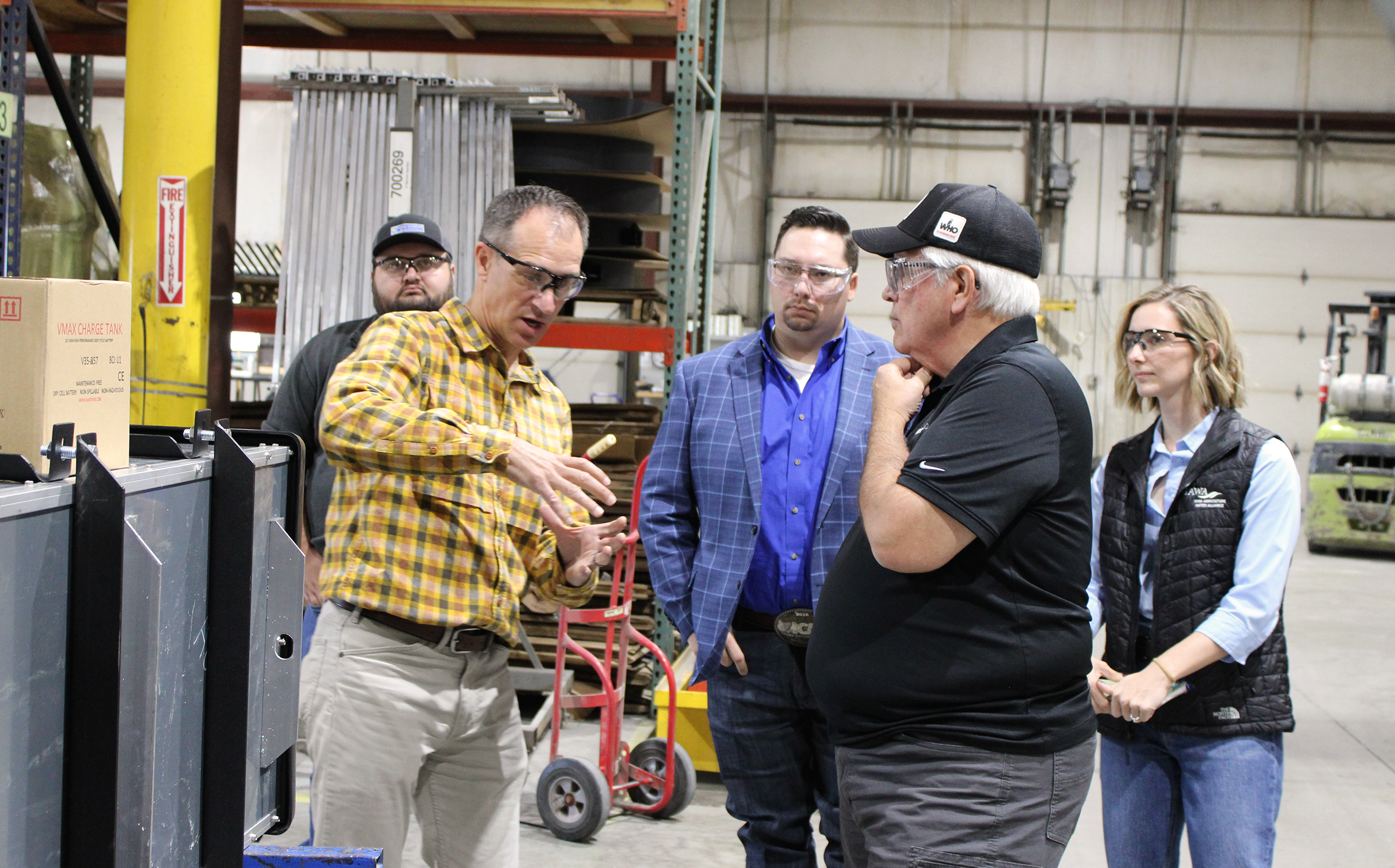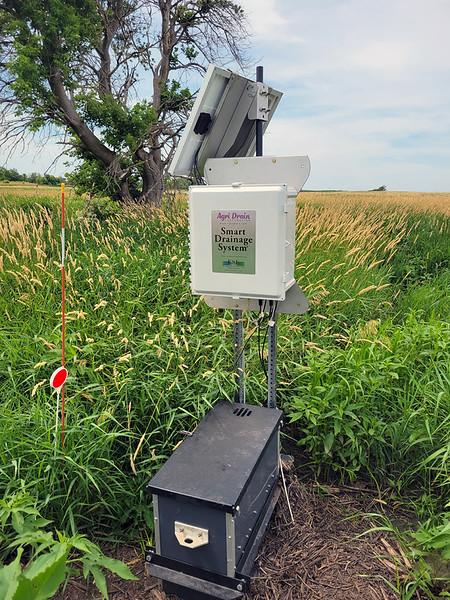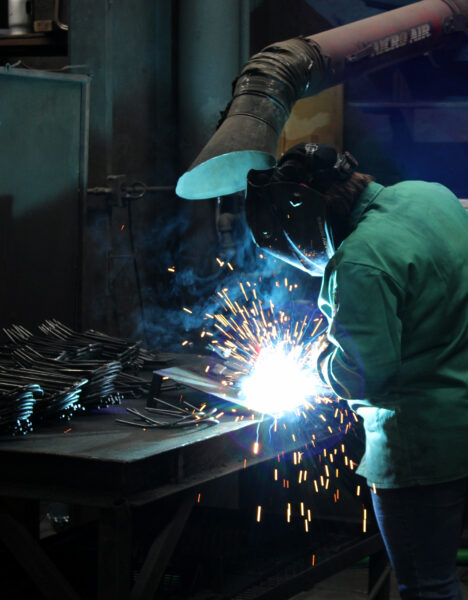Drainage Water Management practices support crop success, soil health, water quality

ADAIR, Iowa (IAWA) – Underground drainage tile has long been the go-to answer for handling water in northern and central Iowa’s flat, fertile, slow-draining cropland – but a newer approach is letting farmers choose how much water leaves their field and when.
That approach, broadly known as Drainage Water Management (DWM), uses a water control unit to raise or lower the water table under a field. Compared to the one-way trip tile offers, DWM helps soil hold onto water when it’s needed; it’s a strategy that leads to boosts in crop health and water quality.
“It’s a different way of thinking about how we manage our soil moisture, but it’s a powerful tool,” said Charlie Schafer, CEO of Agri Drain, an Adair-based manufacturer of water management control structures. “These systems let farmers give their crops exactly what they need, in terms of water.”
One farmer enjoying the many benefits of DWM is Reid Weiland, Managing Partner at Weiland Farms in north-central Iowa. He recently installed three automatic Smart Drainage System units, which were helpful during soggy spring weather in 2024.
“We monitor [the water control units] from the computer and, boy, it’s pretty interesting here mid-season, watching how they reacted to the rainfall, especially in different locations,” Weiland said.
He said the harvest season has offered just the opposite, with dry conditions again threatening much of Iowa with drought.
“We need water at the end of the season, too. That’s where this Drainage Water Management just makes sense,” Weiland said.
And he isn’t alone – farmers around Iowa have been taking notice of DWM’s results.
“This Drainage Water Management concept has really started to take off,” said Iowa Agriculture Water Alliance (IAWA) Conservation Program Coordinator Ben Porepp, who has worked with farmers statewide as a conservation agronomist. “I’ve had a few conversations with farmers whose neighbors added Drainage Water Management … and they’d ask, ‘Why does their field look like they got more rain than mine did?’”
DWM practices work best on flat land with a high water table. Agri Drain President Scott Lukan estimated that about 4 million acres of cropland statewide fit that description. Another 1-2 million acres would also benefit from DWM with a bit of additional equipment to fit with the topography.
For farmers raising crops on those suitable acres, Porepp said it’s well worth a look into the many benefits of Drainage Water Management practices and related cost share opportunities.
To hear more from farmers and experts on the benefits of Drainage Water Management, check out the full Clean Water Wednesday discussion with Bob Quinn on WHO Radio’s The Big Show
Want to get paid for adding Drainage Water Management?
DWM is a recognized on-farm water quality practice in several cost share programs, including the Iowa Systems Approach to Conservation Drainage (ISACD), a USDA-NRCS Regional Conservation Partnership Program grant co-led by IAWA and the Iowa Department of Agriculture and Land Stewardship. Agri Drain is among the ISACD’s key private sector partners.
To learn more about DWM cost share opportunities, visit your local Soil and Water Conservation District Office.
Published on October 29, 2024


